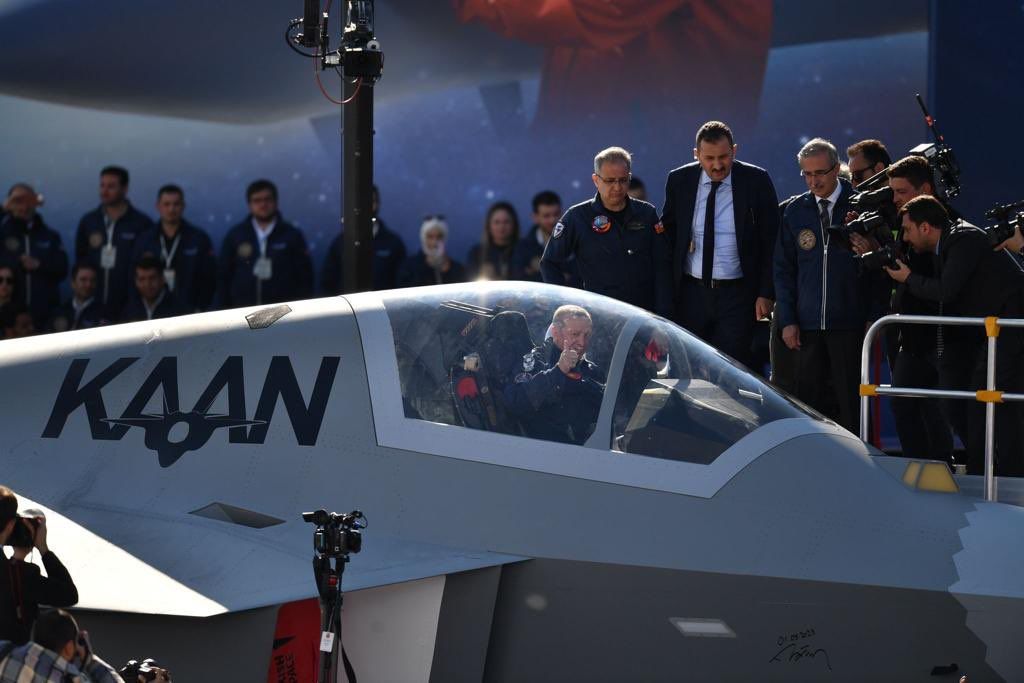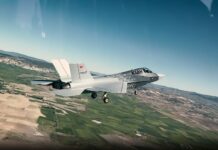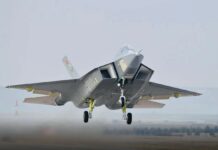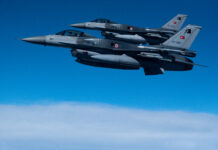At an official public roll-out ceremony held at Turkish Aerospace’s production facility near Ankara on 1 May 2023 it was unveiled that Turkey’s TF-X fifth-generation fighter, also known as the Milli Muharip Uçak (National Combat Aircraft), has been named the Kaan, meaning ‘Ruler’, or ‘King of Kings’.
The aircraft, which is a flightworthy prototype, was formally named by Turkish President Recep Tayyip Erdogan, who also signed its fuselage. With the TF-X programme being the centrepiece of a major push in Turkish national aerospace developments, Erdogan will be hoping the public unveiling and naming of the Kaan will improve his chances in what is emerging as a challenging general election in mid-May.
The T-FX made something of a debut on the world stage when a mock-up of the aircraft was displayed at the 2019 Paris Air Show, but actual production of the first TF-X prototype was initiated in November 2021.
Temel Kotil, CEO of Turkish Aerospace, stated in a 9 January 2023 interview with CNN Turk that he was optimistic the TF-X could make its maiden flight this year: about two years ahead of schedule.

“We were planning to make the first flight of the National Combat Aircraft in 2025,” he said, “but my teammates were surprised. We took the flight forward.”
Despite the 6 February 2023 earthquake that hit southern and central Turkey, the Turkish Defence Industry Agency (SSB) posted a series of photos on its website on 17 March showing the first TF-X prototype on the runway at Turkish Aerospace’s Ankara site, where construction of the aircraft is taking place. Given that 2023 is the centenary year for the Turkish Republic, it seems inevitable that the aircraft will take to the skies by the end of the year.
The TF-X is designed to have a maximum speed of Mach 1.8, a service ceiling of 16,764 M (55,000 ft), and g limits of +9 to -3.5 g. It is expected to serve with the Turkish Air Force, replacing its ageing fleet of F-16s, until the 2070s.
Peter Felstead














